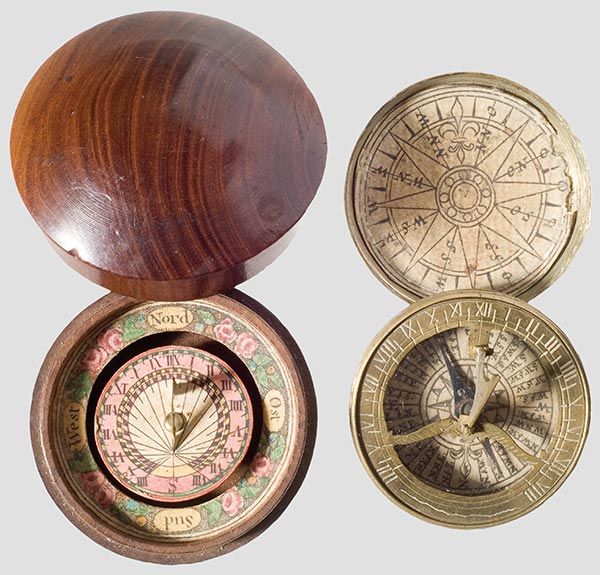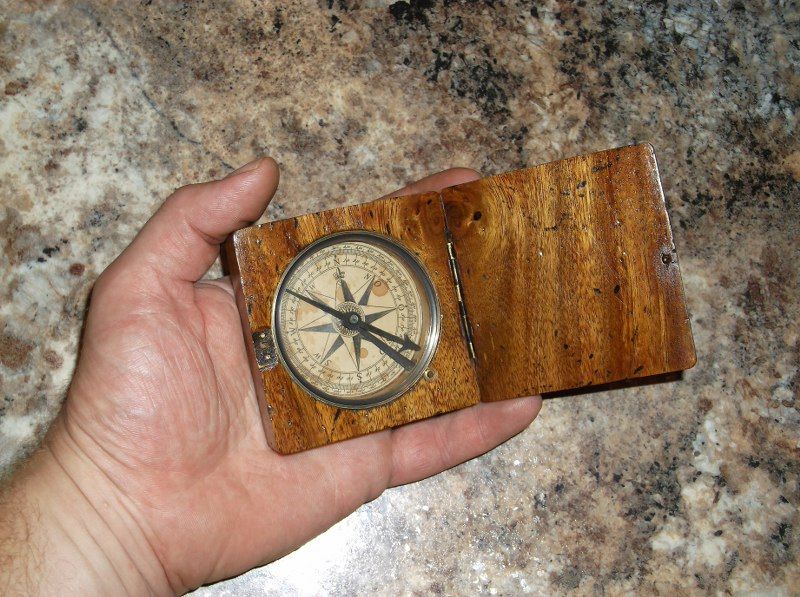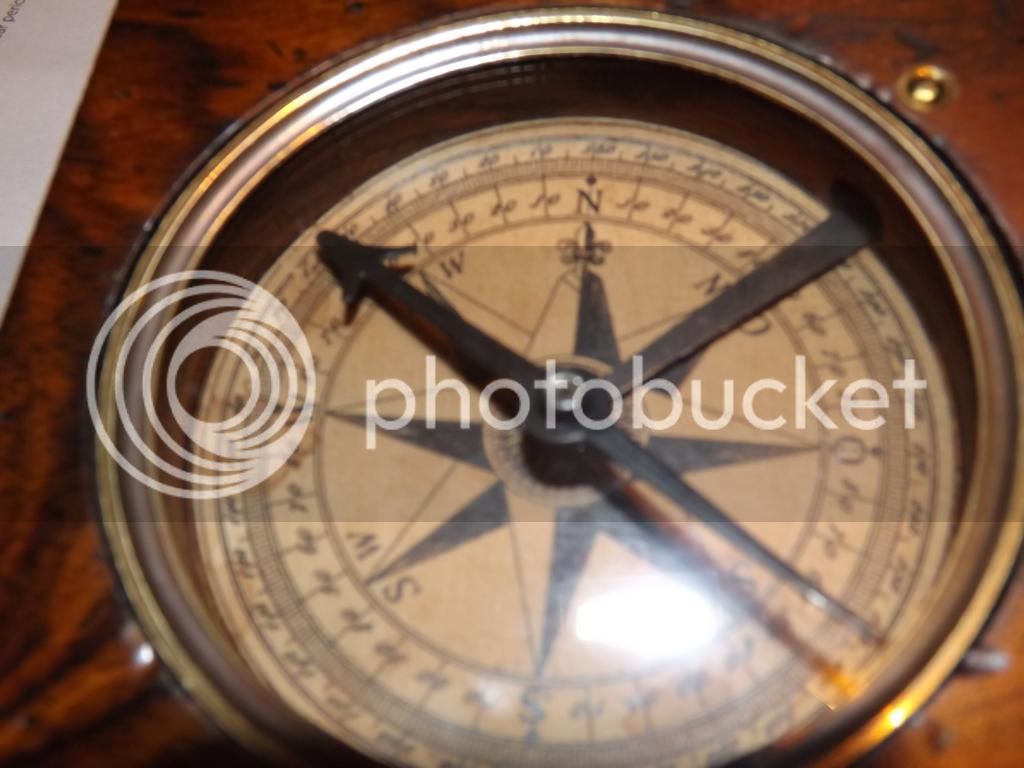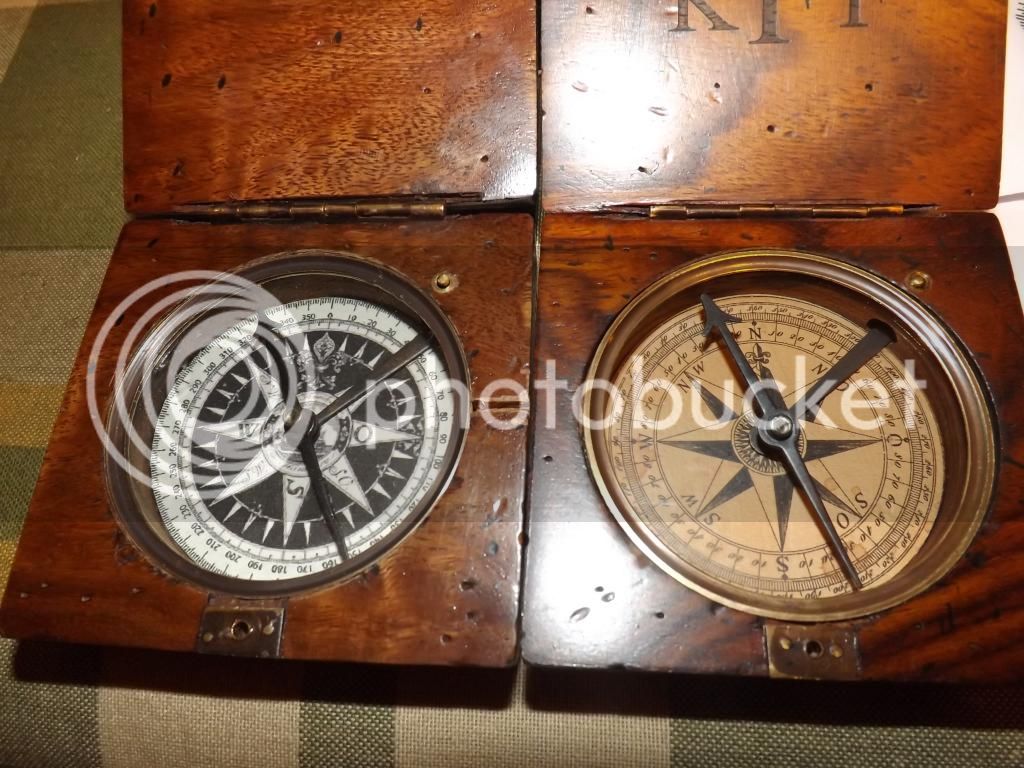Go for it reload!! :hatsoff:
Robby
Robby

reload said:You were talking about the difference. The declination line I believe. I remember something from my ROTC days about 17 degrees. I don't know why that number just jumps out at me
 it's to dark out to see what it says. Took it in side and set it on the kitchen table where there was some light. It works ok but needs winding, I've had it sitting there on the table for three days. Each time I turn on the light & check it, it shows the same. :shocked2:
it's to dark out to see what it says. Took it in side and set it on the kitchen table where there was some light. It works ok but needs winding, I've had it sitting there on the table for three days. Each time I turn on the light & check it, it shows the same. :shocked2:


 ]Link[/url]
]Link[/url]
 ]Link[/url]
]Link[/url]
 ]Link[/url]
]Link[/url]Pulled a needle from my sewing kit
Enter your email address to join: